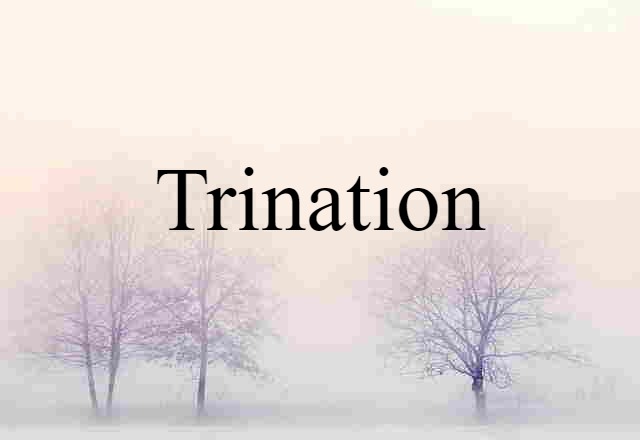- the circulation of carbon atoms in the biosphere as a result of photosynthetic conversion of carbon dioxide into complex organic compounds by plants, which are consumed by other organisms: the carbon returns to the atmosphere in the form of carbon dioxide as a result of respiration, decay by fungi, bacteria, etc., and combustion of fossil fuels.
- a cycle of nuclear transformations in the interiors of the stars by means of which hydrogen is gradually converted into helium with the release of nuclear energy.
- the circulation of carbon between living organisms and their surroundings. Carbon dioxide from the atmosphere is synthesized by plants into plant tissue, which is ingested and metabolized by animals and converted to carbon dioxide again during respiration and decay
- four thermonuclear reactions believed to be the source of energy in many stars. Carbon nuclei function as catalysts in the fusion of protons to form helium nuclei
















